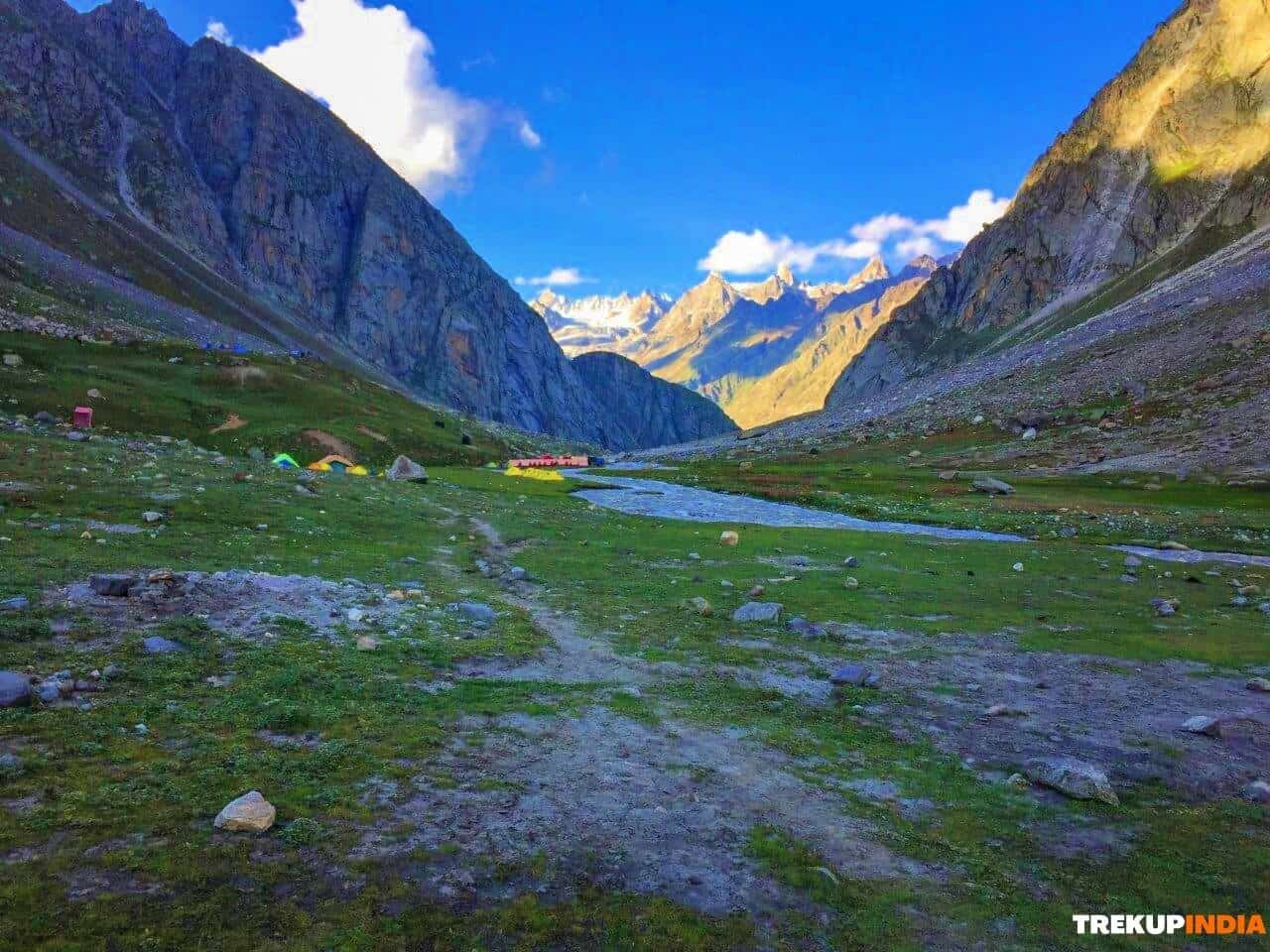Lingana Raigad Trek
Lingana Raigad Trek
The Sahyadris is home to around 400 treks. Poised on the cusp of the Deccan plateau overlooking the Konkan area in Maharashtra is the Lingana to Raigad trail.
This trek can be considered a subset of the bigger Torana to Raigad trek. It is a need to do for any hardcore traveler. This trek combines the adventure of a 1000 feet technical climb, 700 feet of rappelling, climbing down deep and steep canyons, trekking through thick forests, a tranquil walk through farms beside a calm river, and taking in a little history atop Raigad. It is a total bundle that will leave you with pride and accomplishment after completing it.
Appearing like the figure of a ‘Linga,’ this peak has an enormous height of 2,969 feet and is a well-known destination for individuals who enjoy trekking. It’s well-known all over the world, of course! Being constructed by Chhatrapati Shivaji Maharaj in the historical year 1648, this startling fort was utilized as a penal settlement. In general, it was made to safeguard central Konkan versus the Sidis. The detainees were secured in rock jails, where one prison could hold fifty convicts. Likewise, this fort was taken into custody by Colonel Prother in 1818.
Without any doubt, Lingana Fort is a delight for rock climbers. For many people, it is technically the most challenging natural rock climb in Sahyadris. When you visit this location, the underlying concern with analyzing is rocks. So, it becomes essential for you to view whatever is around, believe where you must keep your next toe, and where you need to keep your next palm. After reaching your destination, you’ll enjoy the stunning vistas of Raigad, Torna, and Rajgad forts.
The entire trek, mostly rock climbing, is best done all through the winter seasons or when the summers arrive. So, the widely known trekkers always recommend going here between November and February or March.
Lingana Fort uses an excellent rock climbing experience that integrates experience and awe-inspiring views. Thought about a complex fort to dominate, only a select couple of trekkers have effectively reached the summit. Nevertheless, with the guidance of skilled trekkers, you can confidently scale the fort’s walls and enjoy the fantastic panorama from the top while guaranteeing your security.
Lingana Fort Climb Itinerary
You’ll wake up at 5:30 in the early morning, freshen up, and have breakfast. After that, around 6:30 AM, brace yourself for an enthralling Lingana trek by going down to Lingana, COL, the primary source of this climb. Start hiking through the ineffective rock-strewn surface areas, which is more challenging than you might believe. You’ll arrive at Lingana by roughly midday.
After you succeed, enjoy the unique views and your jam-packed lunch at the peak. When done with the lunch, you’ll go down to COL through the cave structures near Lingana. When reaching COL, take part in adventurous activities such as rappelling.
Then return to Singapur. You’ll take the bus to Pune by 6:30 PM from this place. You can expect to get back to Pune by around 9:30 at night.
Want To Trek Like Pro?
Check out the following videos if you want to trek like a pro trekker and improve your skills. These videos contain helpful tips, tricks, and techniques to help you trek like a pro. Whether you’re a beginner or an experienced trekker, these videos can provide valuable insights to enhance your trekking experience. So, watch the videos below by Trekup India experts to take your trekking skills to the next level.







Know Everything About Acute Mountain Sickness
Acute Mountain Sickness is a medical condition that can occur when individuals travel to high altitudes, typically above 8,000 feet. It is caused by the decrease in air pressure and oxygen levels in the air as altitude increases. Symptoms of Acute Mountain Sickness may include headache, nausea, vomiting, dizziness, and difficulty sleeping. To avoid Acute Mountain Sickness, it is important to gradually adjust to high altitudes and seek medical attention if symptoms worsen. To learn more about this condition, check out the videos by Trekup India.









